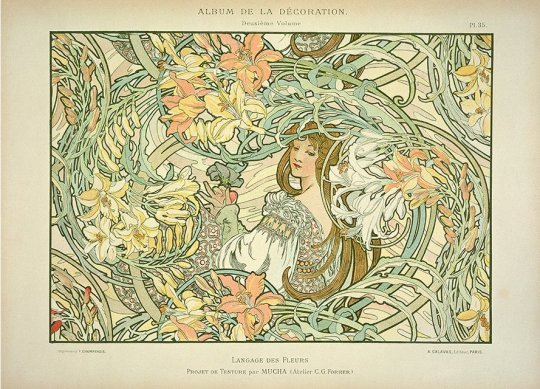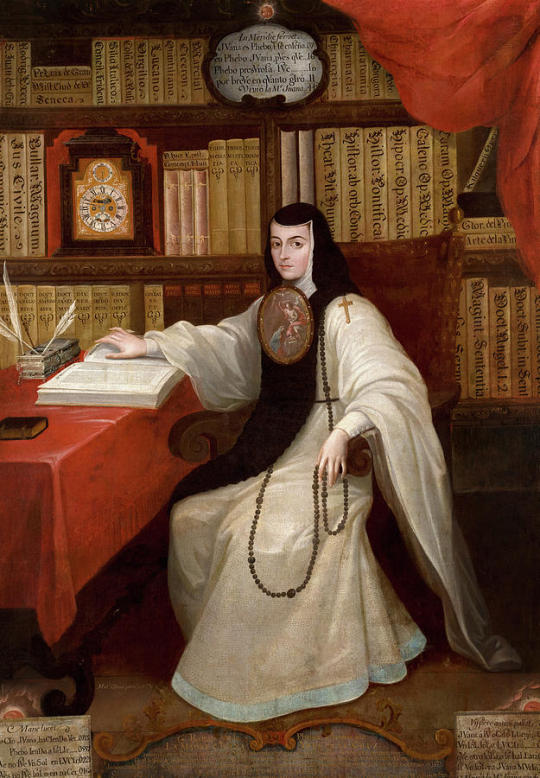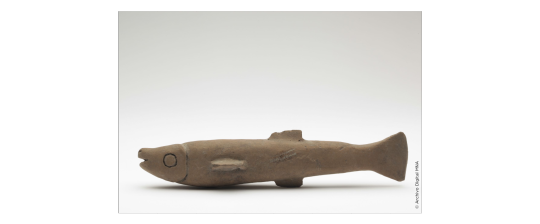#historia de arte
Explore tagged Tumblr posts
Text
La arte acción en América Latina
La arte acción, también conocido como la performance o el arte colectivo, es un tipo de arte público donde el cuerpo tiene un papel central como un objeto de expresión artístico. Es un género de arte que se puede situar entre las artes visuales (la pintura, la escultura, la fotografía) y las artes escénicas (el teatro, la danza, la música).
Se popularizaba como forma de arte en América Latina y el Caribe bajo las dictaduras y regímenes militares de los años 70s pero siempre ha tenido un lugar central en la espiritualidad de muchas culturas africanas y indígenas en esa región y alrededor del mundo.
En su forma mas recién, la arte acción de esta región tiene algunos rasgos lo cual diferencia del arte en otras partes del mundo como su sentido político urgente que hace más visible las traumas colectivas y los abusos sociales muchas veces invisibilizados por el gobierno (lo que se conceptualiza como el cuerpo político o el cuerpo social).
Referencias
"Arte de Acción en Latinoamérica: cuerpo político y estrategías de resistencia." Silvio de Gracia. 2010.
"La performance desde la perspectiva latinoamericana." Clemente Padín. 2005.
"On Masking and Performance Art in the Postcolonial Caribbean." Krista Thompson in Caribbean: Art At the Crossroads of the World.
#performance#performance art#arte latinoamericano#caribbean art#arte caribeño#estudios latinoamericanos#historia de arte#latin american art#arte acción#arte colectivo#sentipensar#arte de acción#colectividad#arte activismo#arte político#arte público#ancestral memory#memoria ancestral#carnaval#resources#recursos#currently reading#vocab#vocabulario
3 notes
·
View notes
Text

MUCHA, ALFONS (19OO) Langage des Fleurs [Lenguaje de las flores][Litografía en color]
#art#art history#arte#historia del arte#20th century#mythology#flower language#lenguaje de las flores#alfons mucha#mucha#art nouveau#alphonse mucha#litography#litografía
1K notes
·
View notes
Text

Crow Strider AU my beloved…. I am so happy you exist. <3
AU is by @meraki-sunset
#one of my biggest inspirations! I love this story.#the art is wonderful#animation is stunning#and characters are lovely#I really look up to it :)#read and enjoy if you like Homestuck!!#si lees esto algún día hola meraki!!!#hablo español mexicano por mi papá pero mi mamá is de argentina! hehehe#me encanta tu AU y estoy emocionada para ver el epilogue algún día <3#gracias por escribir y dibujar este historia!#lo estoy leyendo por tercera vez hehehe#no puedo explicar cuánto me inspiró#tus ideas so tan únicas y especiales#estoy agradecida que lo compartiste con todos nosotros :3#aquí tengo un dibujito de regalo para ti :3#crow strider au#Homestuck#dave strider#davesprite#art
168 notes
·
View notes
Text
Imagen del Palacio de Bellas Artes o Teatro Nacional, construido en mármol blanco. Su construcción inicio en 1900, y fue terminado en 1935, costaron 35,000,000 de pesos." El Palacio de Bellas Artes, es considerado el centro cultural de la Ciudad de México.
Ca. 1938.

#méxico#retro vintage#mexico#retrostyle#retro#cdmx#mexican#historia#vintage#arquitectura#bellasartes#bellas artes#Imagen del Palacio de Bellas Artes o Teatro Nacional
65 notes
·
View notes
Text

Daniel Garber (1861-1946)
#obras de arte#acrílicos#arte#bandera#artecontemporaneo#cuadro#galería de arte#estilo#pintar#lienzo#ilustración#historias#acuarelas#arte contemporáneo#artista en tumblr#objetos#suministros#dibujos#lápices#marcadores#dibujo a tinta#arte original#papeles#collage#logo#arte gráfico
41 notes
·
View notes
Text
Museo Nacional de Bellas Artes - Buenos Aires 🇦🇷






#tumblr#my pics#photography#picture#tumblr pics#argentina#my photos#artists on tumblr#art#pintura#pinture#photoblog#photo#photograpy on tumblr#photooftheday#photographer#culture#cultura#buenos aires#bellas artes#museum#museo de bellas artes#history#historia#museo
26 notes
·
View notes
Text
Siempre termino volviendo aqui... Quise olvidar y ponerle punto final, pero tu eres mi historia.
#citas tristes#vida#pareja#amor#amor propio#dolor#sentimientos#tristeza#mi vida#desamor#notas de vida#citas de la vida#frases#frases de la vida#citas#pensamientos#soledad#cosas de la vida#el amor#notas de amor#escritos#citas de amor#frases de amor#historia#mi corazón#mi amor#mi arte#relaciones#querer#pasion
37 notes
·
View notes
Text

Lucifer Estrella de la mañana Rey del Infierno 👑♥️
A mi estilo Hazbin Hotel 🏨
#CP Y LAS HISTORIAS FANTÁSTICAS#hazbin hotel lucifer#hazbin hotel fanart#hazbin hotel#hazbin lucifer#lucifer morningstar#lucifer#lucifer estrelka de la mañana#lucifer rey del infierno#cp#cpylashistoriasfantastica#art#artemexicano#illustration#digital ilustration#iluminacion#artedigital#ibispaintx#cartoon#ilustration#ilustracion#ilustración#illustrator#arte digital#arte#dibujodigital#dibujo#cartoon art#2024 art
22 notes
·
View notes
Text



this 13th century art from Al-Andalus is one of my favorite finds ever. I dressed with my Andalusi veil the other day and then saw this and it was like looking at a past life. She even has henna on her hands. (I was on a mission to find representations of its use in the peninsula).
And I love how her henna looks recently done perhaps even still with the paste on, while the other redhead at the other side looks like her tattoo has been there for days or weeks and it’s fading. The details are amazing!! Although don’t look too closely at the one in the middle, her clothing is… *ehem* rather light.
#medieval art#medieval history#Al Andalus#13th century#andalusi#henna#henna tattoo#mozárabe#redheads in history#medieval#Spain history#historia de España#chess
25 notes
·
View notes
Text

Argentina history is fucking good
Aguante Rosita pá
#juan manuel de rosas#argentina#historia#history#historical#historical art#militar#military#fanart#historical man#argieblr#argieposting#argie tag#argieblog
105 notes
·
View notes
Text

ART HISTORY MUSEUM - VIENNA, AUSTRIA
#art history#museum#kunsthistorisches museum#museo de historia del arte#vienna#viena#austria#europe#europa
220 notes
·
View notes
Text

No se como terminé dibujando esto ajahaj, pero bueno espero y les guste, es un pequeño dato sobre las estaturas de estos ex-presidentes. La gente de ese tiempo mayormente no era muy alta que digamos.
Sigame en tiktok: @coyote1562
Gracias:3
#vicente guerrero#guadalupe victoria#mexico#historia de méxico#Historia#Héroes#Traidores#presidentes#fanart#no se que hago con mi vida#curiosidades#Me falto poner a Nicolas Bravo xd#shitpost#ship art
20 notes
·
View notes
Text

Portrait of Sor Juana Ines de la Cruz
Artist: Miguel Cabrera (Mexican, 1695–1768)
Date: c. 1750
Medium: Oil on canvas
Collection: Museo Nacional de Historia, Chapultepec Park, Mexico City, Mexico
Description
This medium-sized oil painting painted in the mid-18th century is the Museo Nacional de Historia's masterpiece in terms of portraits. The Oaxacan painter Miguel Mateo Maldonado y Cabrera depicted Sor Juana Inés de la Cruz, the Tenth Muse, based on the portrait by the Spanish artist Juan de Miranda, painted a little more than half a century after the death of the famous writer. Cabrera modified it by placing the nun in a large cell full of books to highlight the wisdom and eagerness to study that characterized the life of the poetess and passionate scientist. Among the books in the library, one can identify the works of the wise Jesuit of the 17th century Athanasius Kircher, who had an important influence on the thinking of his contemporaries. Sor Juana's sharp fingers, which are as white as her face, give the figure an appearance full of spirituality and intelligence. Dressed in the simple habit of the Order of the Jerónimos and wearing on her chest the so-called “shield of nuns”, she is seated in a high-backed chair; her right hand rests on a book, while her left hand holds a rosary in allusion to her piety. Miguel Cabrera, one of the artists who enjoyed the greatest fame among the many painters who flourished during the 18th century in the viceroyalty of New Spain, completed the painting with legends or texts in Latin in a game of intelligence that marks the most important moments of Sor Juana: her birth, her consecration to the convent of San Jerónimo and her death. In it she also expresses her admiration for the Tenth Muse. It is likely that the work was commissioned by the superior of the Jeronymite order.
#portrait#sor juana ines de la cruz#mexican history#mexican culture#painting#oil on canvas#full length#interior scene#bookcase#books#desk#mexican writer#mexican poetess#study#open book#chair#nun#nun habit#rosary#oil painting#museo nacional de historia#chapultepec#mexico#miguel cabrera#mexican painter#mexican art#18th century painting
12 notes
·
View notes
Text

Cultura: Teotihuacana
Técnica: Modelado
Provenience unknown, possibly looted
MNA
#archaeology#arqueologia#art#arte#history#historia#mesoamerica#first nations#native american#occidente de mexico
38 notes
·
View notes
Text
Fotografía del interior del Palacio de Bellas Artes, Ciudad de México, en 1938.
En la foto se muestra el famoso mural, El hombre controlador del universo, también conocido como El hombre en el cruce del camino pintado por Diego Rivera. La obra fue Originalmente encargado para el Rockefeller Center de Nueva York en 1933, pero fue destruido por sus temas percibidos como anticapitalistas. Rivera lo recreó para el Palacio de Bellas Artes en 1934.

#retro vintage#cdmx#retrostyle#mexico#méxico#retro#mexican#vintage#arquitectura#historia#palacio de bellas artes#diego rivera#artista#muralista#mural
60 notes
·
View notes